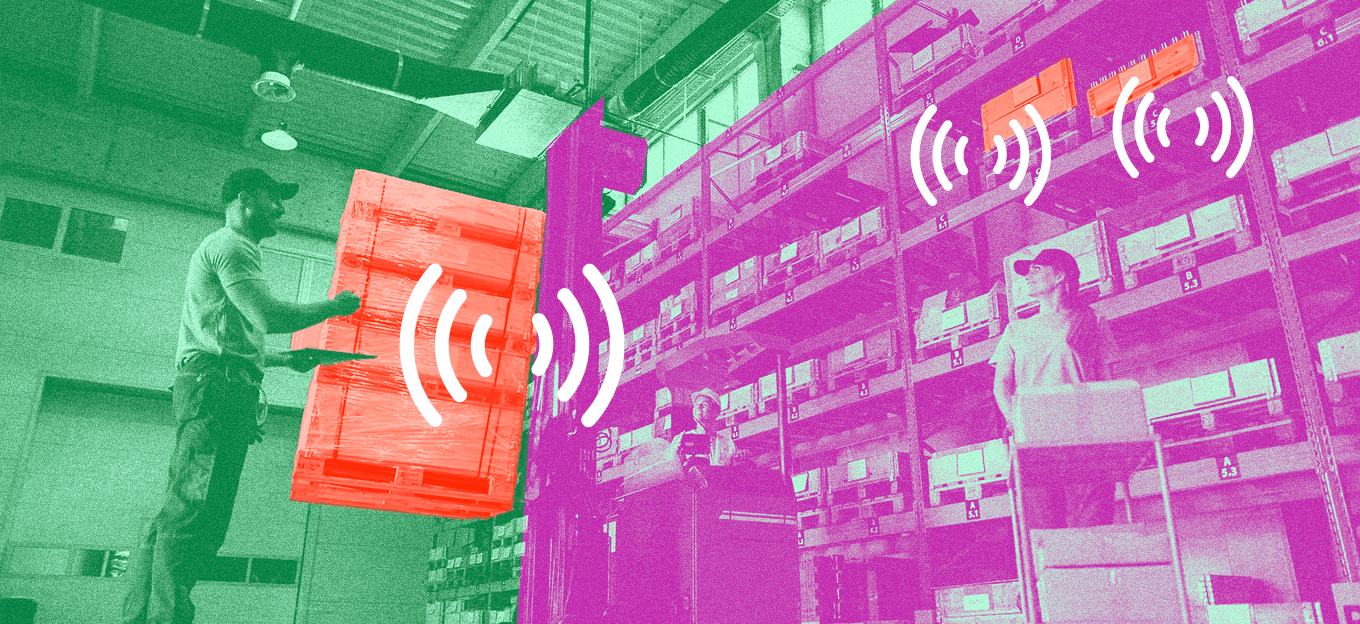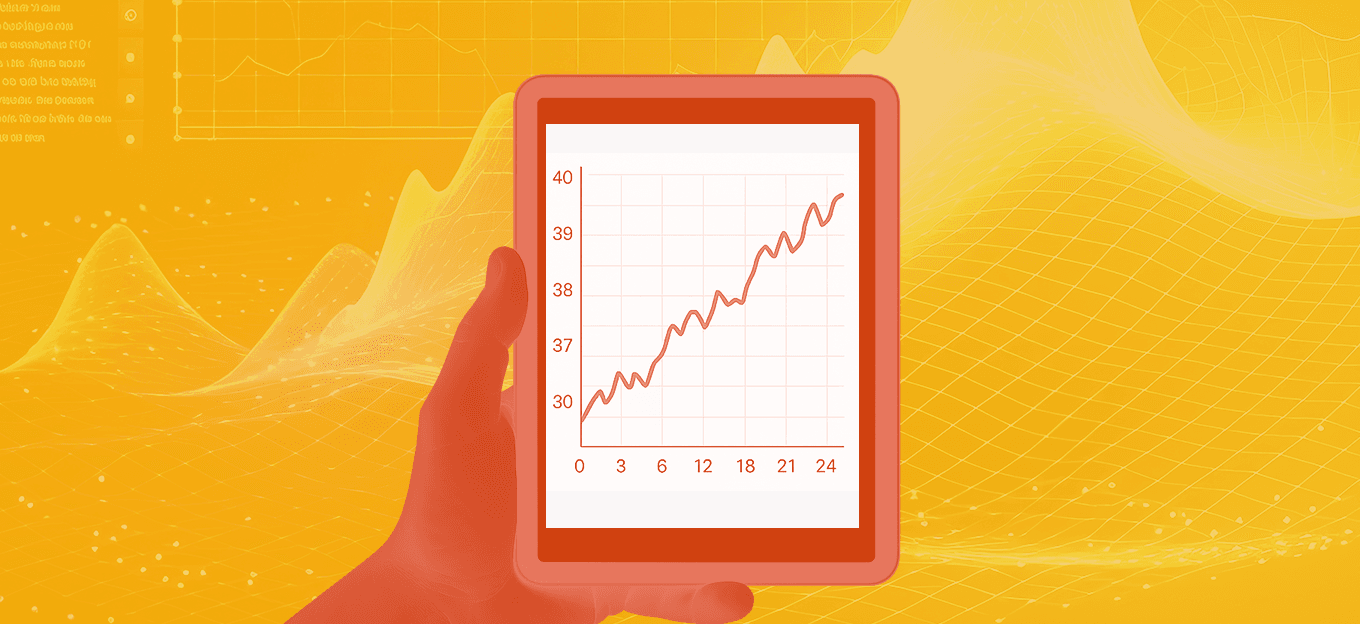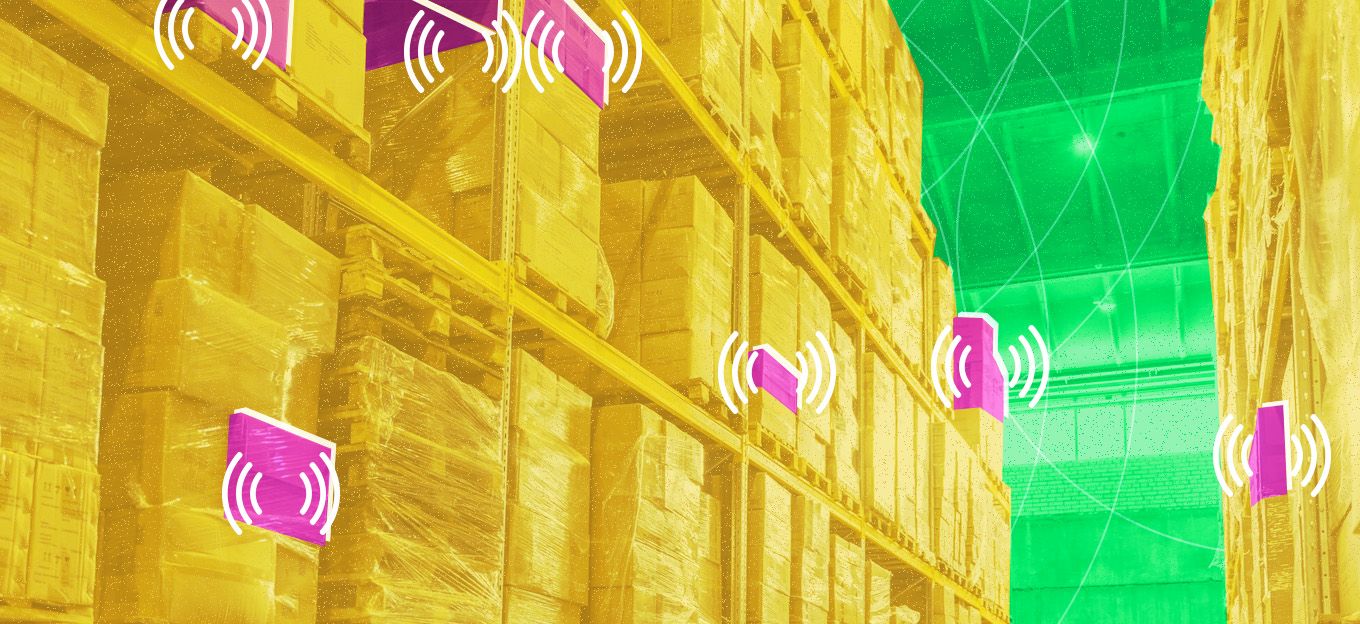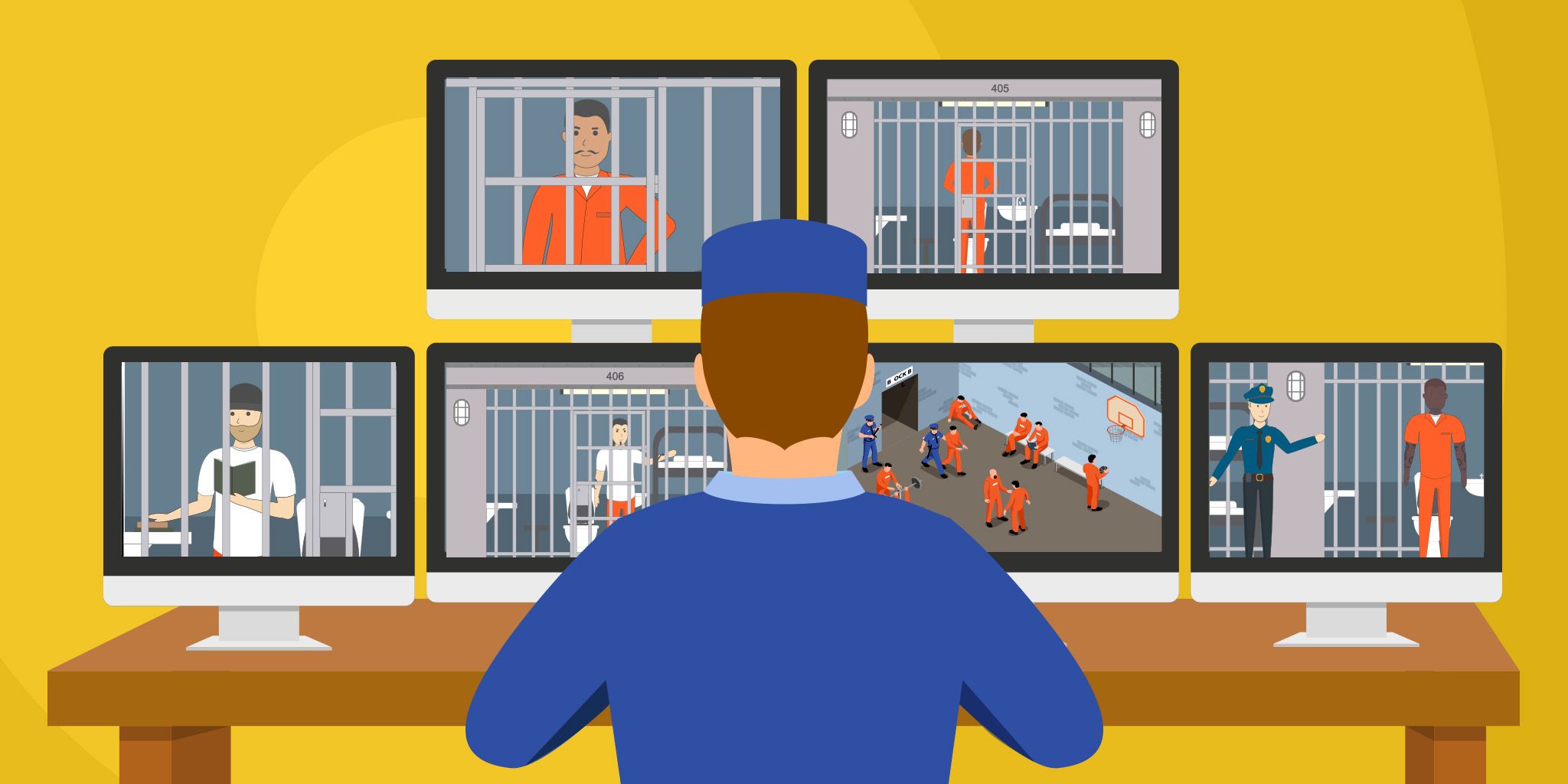Bluetooth Channel Sounding: A Quiet Revolution in Indoor Sensing
Bluetooth Channel Sounding: A Quiet Revolution in Indoor Sensing
- Last Updated: July 2, 2025
Amod Agrawal
- Last Updated: July 2, 2025



Ultra-wideband (UWB) is increasingly seen as the gold standard in wireless ranging. However, it’s not always practical. That simple fact sits at the heart of an emerging story in indoor positioning.
While ultra-wideband (UWB) delivers impressive centimeter-level accuracy, it often comes with hardware complexity and cost that many manufacturers can’t easily absorb. Meanwhile, another technology is quietly positioning itself as a highly capable alternative—one that billions of devices already carry: Bluetooth.
Bluetooth’s evolution into a sensing technology may turn out to be one of the most practical developments in wireless in years. It offers a compelling balance: good-enough accuracy, minimal hardware changes, and massive ubiquity. For device makers, that combination is hard to ignore.
The Indoor Positioning Problem
We live in a world where our phones guide us turn-by-turn on highways, yet when we are inside buildings (shopping centers, airports, grocery stores, museums), we’re left guessing where to go. Indoor positioning remains one of the last unsolved pieces of the spatial computing puzzle. But it’s not just about navigation. Indoor spatial awareness powers include the following:
- Smart homes that adjust lighting or climate based on room occupancy,
- Retail that offers location-targeted ads and discounts based on users’ context,
- Factories integrating real-time and seamless asset tracking,
- Healthcare tracking critical equipment, logging patients’ movement patterns, and enabling assisted aging monitoring.
Where’s the challenge? Radio signals behave unpredictably indoors. Radio waves scatter indoors as they reflect off surfaces, creating multiple paths that combine constructively or destructively. Walls, metal structures, and even people create reflections and multipath interference that complicate accurate positioning. Moving devices or motion in the environment makes it even worse.
UWB’s Precision, Bluetooth’s Advantage
UWB emerged as a precision solution for these tough environments. It measures time-of-flight (ToF) across a wide spectrum of frequencies to mitigate the effects of multipath interference and deliver centimeter-level distance accuracy. That’s ideal for use cases like keyless car entry, AR/XR tracking, and industrial automation.
However, UWB has real adoption barriers: it needs entirely new antennas, specialized radio front ends, precision clocks, and additional regulatory certifications. For manufacturers shipping millions of devices, these requirements can quickly inflate cost and complexity.
Bluetooth, on the other hand, is already embedded in nearly every smartphone, smartwatch, laptop, speaker, car infotainment system, and smart home hub. What if it could be upgraded to deliver useful spatial awareness without gutting existing hardware designs?
That’s exactly where Bluetooth Channel Sounding (BT-CS) comes in.
What is Bluetooth Channel Sounding?
Formalized in Bluetooth 6.0 standard, Bluetooth Channel Sounding transforms this wireless technology’s capabilities from basic proximity sensing into spatial awareness. Historically, Bluetooth-based solutions have been dependent on the Received Signal Strength Indicator (RSSI).
While simple, RSSI fluctuates due to reflections, interference, and orientation, thereby delivering crude proximity estimates with limited precision. Channel Sounding breaks through these limitations. Instead of relying on signal strength, BT-CS uses Phase-based Ranging (PBR) where specially formatted packets are exchanged across multiple frequencies.
This technique is often referred to as multi-carrier sensing, as multiple carrier waves with different wavelengths travel the same distance but exhibit relative phase differences. Phase-based Ranging is often combined with Round-Trip Time (RTT) to measure the signal travel time between devices. Since radio signals travel at the speed of light, RTT can be translated into distances. When antenna arrays are used, phase differences between multiple receivers can be used to estimate the directionality of the devices.
Devices extract detailed timing and phase information as signals bounce between them, enabling:
- Time-of-Flight (ToF): Measuring how long the signal took to travel between devices.
- Angle-of-Arrival (AoA): Estimating the direction the signal came from, using antenna arrays.
- Angle-of-Departure (AoD): Measuring directionality for fixed infrastructure broadcasts.
Suddenly, Bluetooth can not only estimate distance but also direction, delivering far richer spatial context than was previously possible with BLE.
Why Manufacturers Prefer Bluetooth Channel Sounding
For device makers, Bluetooth Channel Sounding meets almost all requirements:
- Minimal Hardware Changes: Unlike UWB, many Bluetooth chipsets can support Channel Sounding with modest hardware changes (additional antenna paths or minor front-end updates) without overhauling entire device architectures.
- Shared Communication and Sensing Stack: Channel Sounding builds directly on Bluetooth Low Energy (BLE), letting manufacturers upgrade, enhance, and unify data transfer, pairing, and sensing under one radio stack.
- Regulatory Simplicity: Bluetooth operates globally under well-established spectrum regulations, eliminating the country-by-country certification hurdles often required for UWB.
- Massive Installed Base: With billions of Bluetooth-enabled devices already in circulation, Channel Sounding features can scale quickly across phones, wearables, cars, and smart home products, following a natural progression of hardware upgrades.
Applications and Use-cases Taking Shape
Bluetooth Channel Sounding is already moving from theory to deployment across industries:
- Smart Homes: Devices can detect not just presence but room-level location, enabling smarter lighting, HVAC, and voice assistant behaviors.
- Asset Tracking: Warehouses, hospitals, and factories are testing Bluetooth-based Real-Time Location Systems (RTLS) that track equipment and personnel at scale using viable infrastructure.
- Access Control: Secure, proximity-based unlocking for doors, vehicles, and wearables mirroring many current UWB experiences but on Bluetooth’s existing radio.
- Retail Engagement: Indoor navigation inside malls, stadiums, and airports powered by customers’ own phones, providing seamless in-store guidance and engagement.
The Role of Angle-of-Arrival: Bluetooth’s Special Sauce
One of Bluetooth Channel Sounding’s most powerful features is Angle-of-Arrival (AoA) estimation. By adding antenna arrays, devices like speakers, routers, and access points can calculate the direction from which a signal arrives.
Combined with distance measurements, this directional information allows for accurate room-level or even sub-room-level positioning. Importantly, these arrays can be compact and cost-effective, designed to fit into smart speakers, home hubs, or even wearables. Manufacturers can strike practical tradeoffs between array size, accuracy, and price to serve different applications. With AoA, Bluetooth moves beyond simple proximity and enters the realm of true spatial intelligence.
Standards Are Evolving: Bluetooth 6.0 and Beyond
The Bluetooth SIG has formalized Channel Sounding as part of the Bluetooth 6.0 standard, with chipset vendors implementing it in late 2024. The standard will address:
- Unified ranging protocols for consistent cross-vendor performance.
- Security frameworks to protect ranging data in sensitive environments.
- Interoperability to ensure seamless integration across devices and platforms.
- Reference designs to guide antenna array adoption for manufacturers.
Chipmakers like Qualcomm, Nordic Semiconductor, and Silicon Labs have already begun offering Bluetooth Channel Sounding solutions, ensuring the ecosystem can move quickly.
UWB vs Bluetooth: A Complementary Future
While it’s tempting to pit UWB and Bluetooth Channel Sounding against each other, the truth is more nuanced. UWB excels in precision-critical use cases, including AR/VR, robotics, secure access control, and autonomous vehicles. Bluetooth Channel Sounding delivers scalable, affordable spatial awareness for the vast majority of consumer, commercial, and industrial applications where sub-meter accuracy is sufficient.
In many real-world scenarios, hybrid deployments will emerge: Bluetooth handling broad presence and general positioning, with UWB reserved for high-precision refinement where needed. Rather than replacing UWB, Bluetooth Channel Sounding extends spatial awareness to a much broader set of devices and price points.
Bluetooth’s Superpower: Ubiquity
Ultimately, Bluetooth’s greatest advantage isn’t just technical, it’s practical ubiquity. The radios are already deployed. The software stacks are mature. The developer ecosystem is enormous. With incremental hardware upgrades and standards solidifying, Bluetooth Channel Sounding has a clear path to add spatial awareness to billions of devices worldwide. Manufacturers can enhance products with valuable new capabilities while avoiding costly hardware redesigns or complex new certification processes. For consumers, that translates to smarter homes, more intuitive devices, and AI assistants that seamlessly adapt to where we are.
Conclusion: Quietly Transformative
UWB may steal headlines with its precision, but Bluetooth Channel Sounding is poised to quietly transform how devices understand space around them. Its blend of ubiquity, cost-effectiveness, and increasingly sophisticated sensing capabilities make it one of the most practical and scalable technologies emerging in indoor positioning.
As AI, smart environments, and ambient computing continue to evolve, Bluetooth Channel Sounding offers a simple but powerful promise: spatial intelligence without the hardware deployment complexity that has traditionally slowed widespread adoption.
Amod K Agrawal is an Applied Scientist at Amazon Lab126 in Sunnyvale, CA. He leads innovation in edge computing, mobile and wearable computing, and ambient sensing to make Alexa AI spatially aware of the physical world, enabling intelligent IoT experiences. He earned his M.S. in Computer Science from the University of Illinois, Urbana-Champaign. He’s an active contributor to the Connectivity Standards Alliance (Matter) and a member of the IEEE Computer Society. Contact him at [email protected] or reach out to him on his LinkedIn.
The Most Comprehensive IoT Newsletter for Enterprises
Showcasing the highest-quality content, resources, news, and insights from the world of the Internet of Things. Subscribe to remain informed and up-to-date.
New Podcast Episode

Moving Past the Pilot Phase in IoT and AI
Related Articles



